Review GSM/UMTS smartphone Nokia N91
- Nokia N91
- Nokia Music Headset HS-28 (with remote control)
- Nokia Battery BL-5C
- Nokia Travel Charger AC-4
- Nokia Connectivity Cable (USB) DKE-2
- Nokia Charger Adapter Cable CA-44
- Nokia Desk Stand DT-10
- CD-ROM containing software (PC Suite and other applications)
- User guide, Quick Start guide, and Add-on Application guide
Nokia announced a new line-up, going by the name of Nseries in April 2005 – these devices we aimed to become the corner stone of the new handsets positioning concept. The company introduced three phones in the context of the first wave - N70, N90 and N91. The first model appeared to be a maximum approach to the existing smartphones, and as a result the most available of the new line-up. At the same time Nokia N90 was called upon to become the best photo-solution by the company, since it was the first device armed with a 2 Mpix camera. The novelty attracted pretty much attention and was met with enthusiasm on the market – in fact there were serious debates on superiority of glass optics by Carl Ceiss over a standard one incorporated into Sony Ericsson K750i. At any rate, one could draw a parallel between these two devices. Nokia N91 was planned to be the first handset world-over with a hard disk onboard. Considerable storage size initially moved the device to the category of music phones. That’s why the developers focused on this very function – all other capabilities were maintained on the level of other devices, and a bit later the company declined the idea of high-resolution screen, similar to Nokia N90, it was matched to the products of those times. On the whole, the handset turned out to be an innovative solution and drew the audience’s attention in a moment, so it got highly anticipated and discussed. A few manufacturers could boast of attracting such wide attention in a very short time span. Underestimation of Nokia brand has already cost many manufacturers dear, because frequently the slightest miscalculations resulted in decrease of sales volume. And once again, the brand loyalty of consumers to Nokia let the company delay release dates in order to achieve the desired functionality, stability etc.
Nokia N91 followed this very route as well – the first announcement, made in April, featured the release date of the end of 2005, according to the intentions of the managers, this device had to become a hit of Christmas sales. However due to several technical reasons, the release was re-scheduled for the first quarter, and again in February the developers postponed the date, this time to the second quarter. These frequent changes gave rise to a number of rumors, according to which the model would hit the shelves in the third quarter. Noteworthy, that in the very moment when the general public discussed the product’s further destiny and its release dates, the company launched the production (it has happened just now). The sales start is scheduled for April, though retail stores will get the device shipped only in the end of April – beginning of May. That’s why many will have a natural question, whether the model is released in due time. As a matter of fact, 4-5 months in the conditions of the modern market of the mobile devices is a long period, which often defines knockout of competing models and price brackets shifts. As to me, having changed the product’s price, the company has secured its attraction. At the same time, the potential of this solution is very high, so it can be considered as the first sign of a whole new line-up of smartphones armed with hard disks. Involuntarily this can remind of first the Symbian representatives, Nokia 7650 in particular. It may seem strange enough, but this handset is still in use.
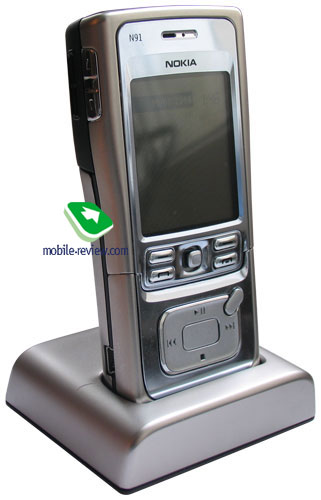 Curiously, that the release of a direct competitor of this model, Samsung i300 was called into question more than once, as the company didn’t want to introduce a weaker solution at one time with Nokia N91. In this case, direct comparison of specifications resulted in a huge loss of Samsung’s device. Postponement of Nokia N91 release date played into Samsung’s hands – the sales of Samsung i300 were rather good for its price bracket, thus the company managed to claim the title of the first manufacturers which introduced a handset with a hard disk to the European market.
Curiously, that the release of a direct competitor of this model, Samsung i300 was called into question more than once, as the company didn’t want to introduce a weaker solution at one time with Nokia N91. In this case, direct comparison of specifications resulted in a huge loss of Samsung’s device. Postponement of Nokia N91 release date played into Samsung’s hands – the sales of Samsung i300 were rather good for its price bracket, thus the company managed to claim the title of the first manufacturers which introduced a handset with a hard disk to the European market.Two variations of the models, design, display, life time.
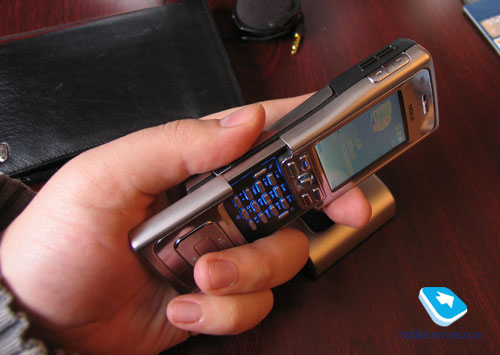
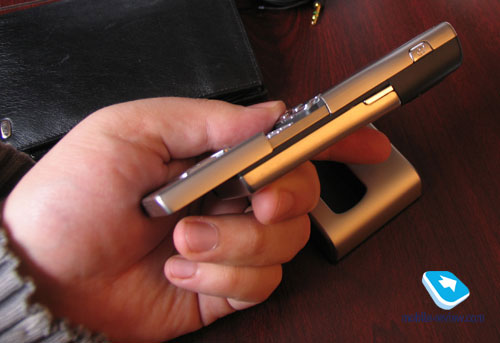
Starting with Nokia 6680, the company has preferred making two versions of its smartphones at once, in order to aim one at GSM networks and the other – at UMTS. And this case isn’t an exception, since the manufacturer announced only model Nokia N91-1, though many documents feature its analogue, Nokia N91-5, which lacks UMTS and WiFi support. Additional announcement of the second model isn’t stated in the company’s plans, as it will just be released when the initial demand for Nokia N91-1 goes off. The difference in price will be around 50 Euro, and that’s really nice, though not critical in this category of handsets. In the future the same strategy can be applied to all other most interesting smartphones of the company.
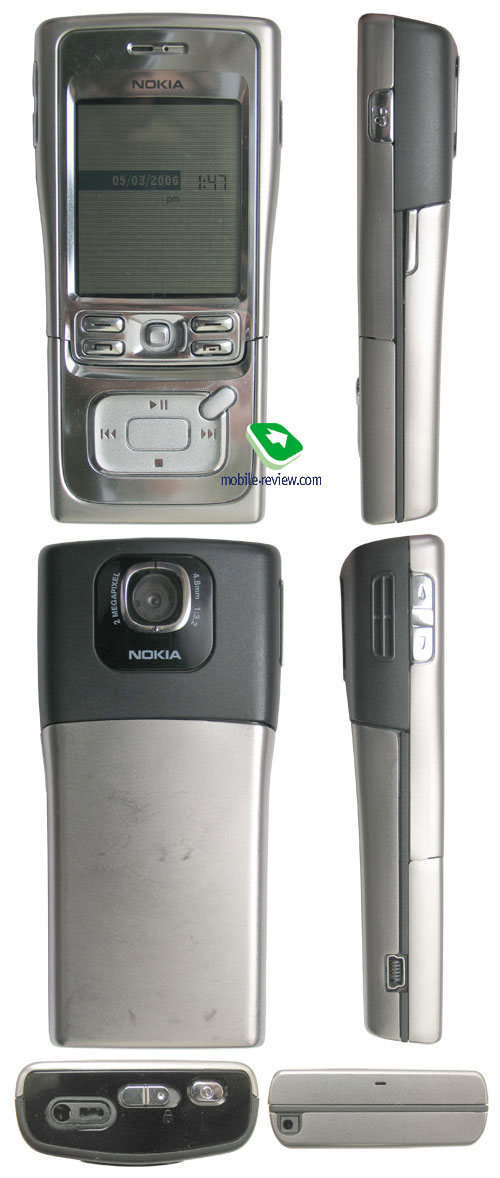 The model has a distinctive design – it’s one of a few devices made almost completely out of metal, as to our case, we have to deal with stainless steel. Metallic coating doesn’t cover only the rear part, to be precise, the area near the camera, in light of the fact the antennas are located right here and any kind of metal shields them. Despite Nokia 8800, which features stainless steel as well, in this model it is not polished, but matt. The phone doesn’t flash and looks pretty solid, but on the other hand this conceals a real problem of abrasion. All scratches are visible on the shell and the fact it’s not polished only intensifies them. And here one can see a reversed situation, when during daily routine the device keeps “polishing” itself. Even though the shell itself is long-wearing, the esthetic side of the appearance suffers a lot. In my opinion, after 6-7 of intensive use, all abrasions will become visible.
The model has a distinctive design – it’s one of a few devices made almost completely out of metal, as to our case, we have to deal with stainless steel. Metallic coating doesn’t cover only the rear part, to be precise, the area near the camera, in light of the fact the antennas are located right here and any kind of metal shields them. Despite Nokia 8800, which features stainless steel as well, in this model it is not polished, but matt. The phone doesn’t flash and looks pretty solid, but on the other hand this conceals a real problem of abrasion. All scratches are visible on the shell and the fact it’s not polished only intensifies them. And here one can see a reversed situation, when during daily routine the device keeps “polishing” itself. Even though the shell itself is long-wearing, the esthetic side of the appearance suffers a lot. In my opinion, after 6-7 of intensive use, all abrasions will become visible.[Only Registered users can see links . Click Here To Register...]
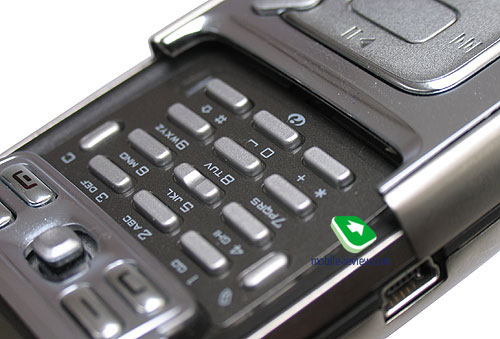
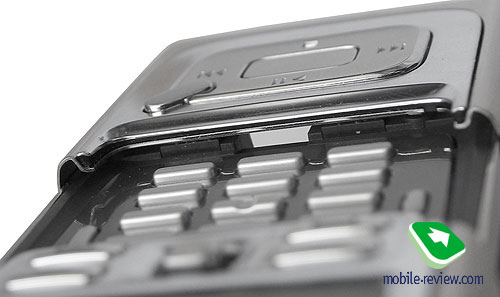
The display, featured in the devices meets the standards of six months’ prescription, when QVGA screens were considered as innovative solutions. The resolution, featured in the device is 176х208 pixels (35х41 mm), the screen is capable of displaying up to 262 K colors (TFT). The display’s specifications are fair, though putting it lightly, they are not acceptable for a top-model, which used to be a leading device. The screen doesn’t fade in the sun, information is easy to read.
The back panel of the device features a module of 2 Mpix CMOS camera, which is equal to the ones in the other models. The characteristics of the camera are average – it’s only capable of providing fair quality of photos and nothing more.

We have left uncovered only control elements in this review – the left side features a double key of volume control and the loudspeaker next to it, which is very loud, and despite the one incorporated into Nokia 3250, a bit more powerful. Near the bottom edge one can find USB-connector.

0 VIEWS
Post a Comment
click here to see COMMENTS